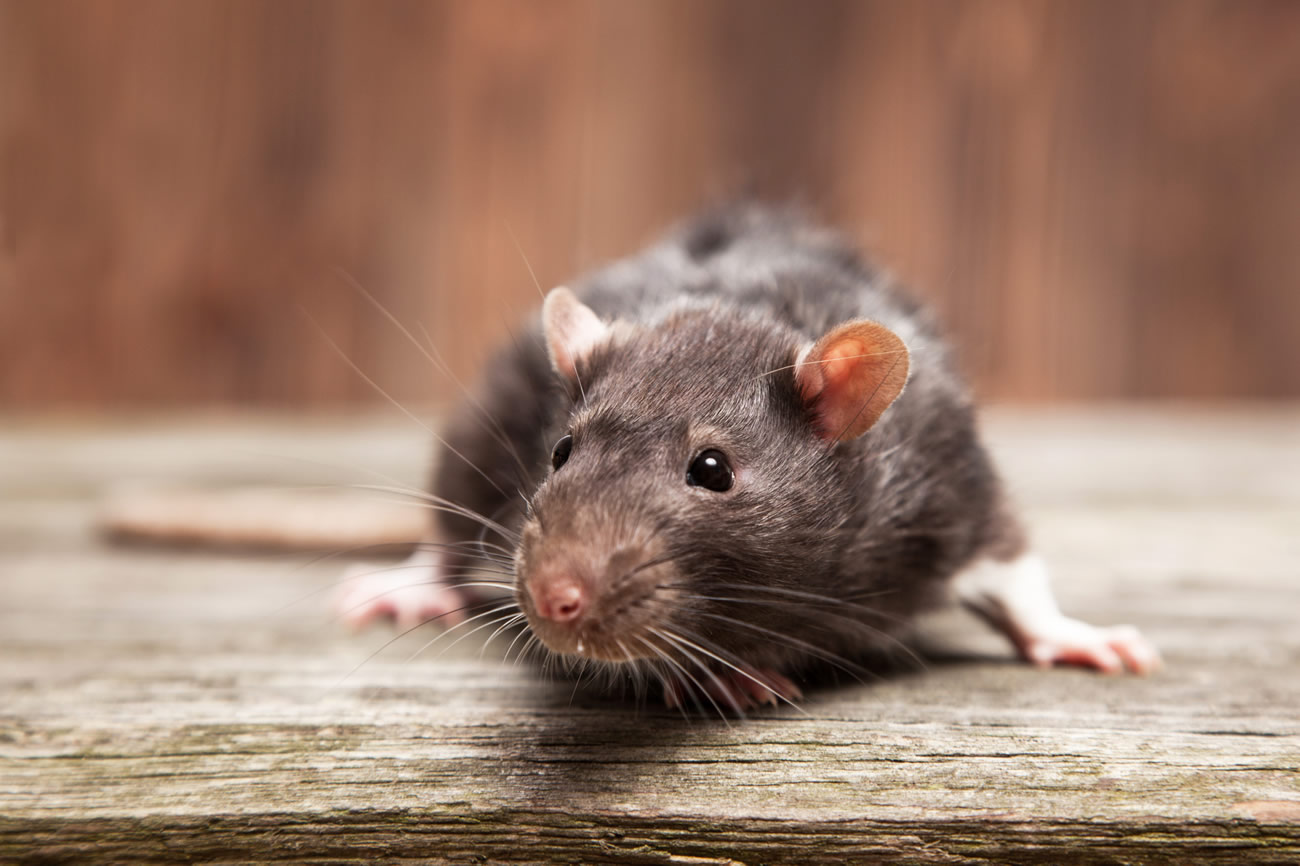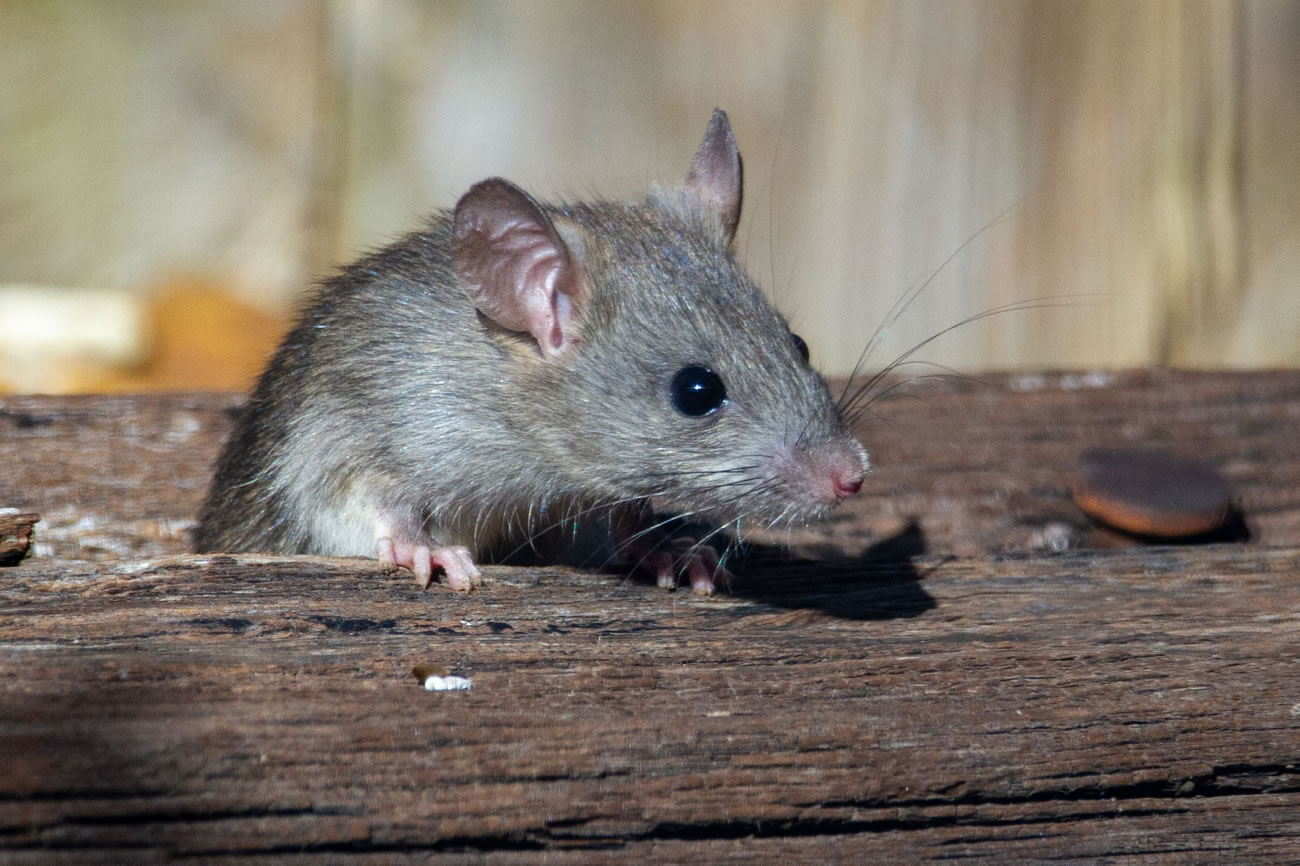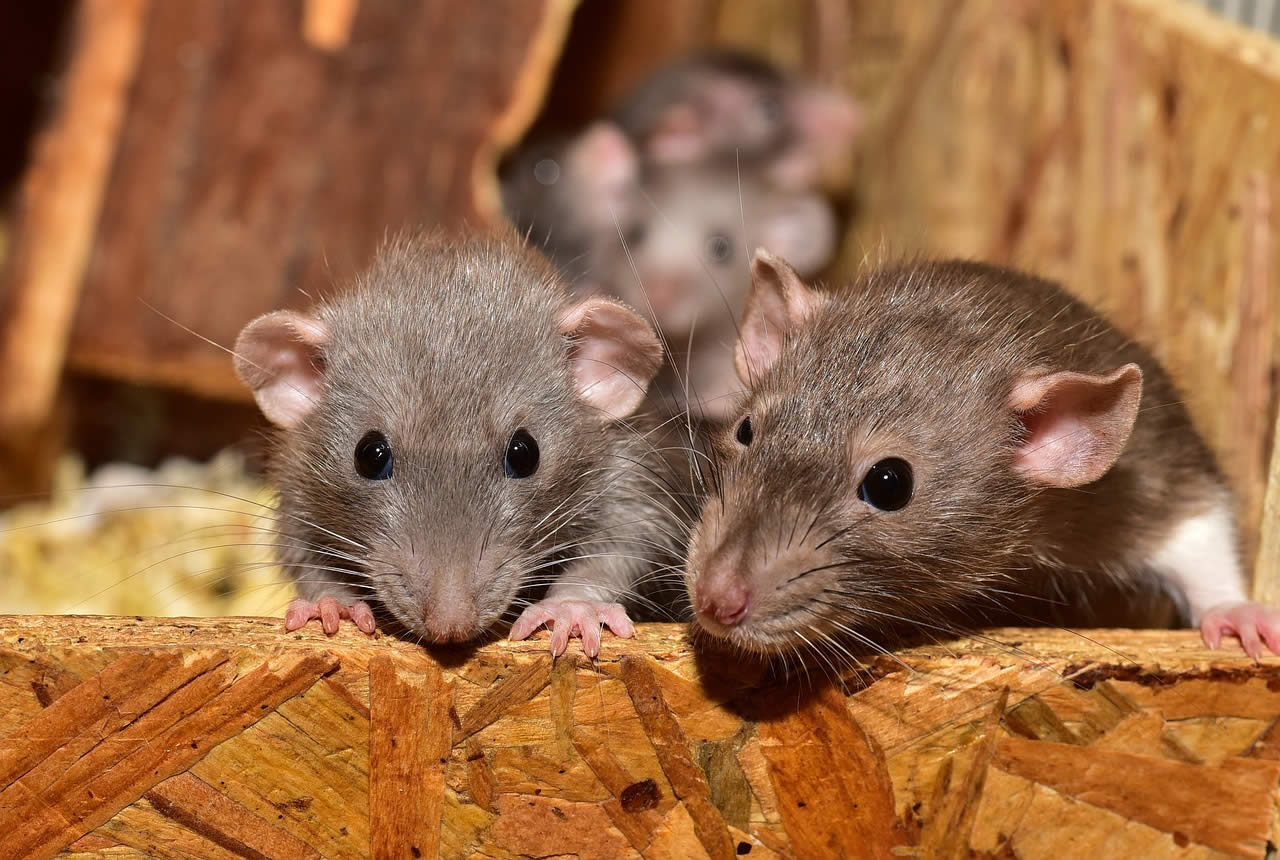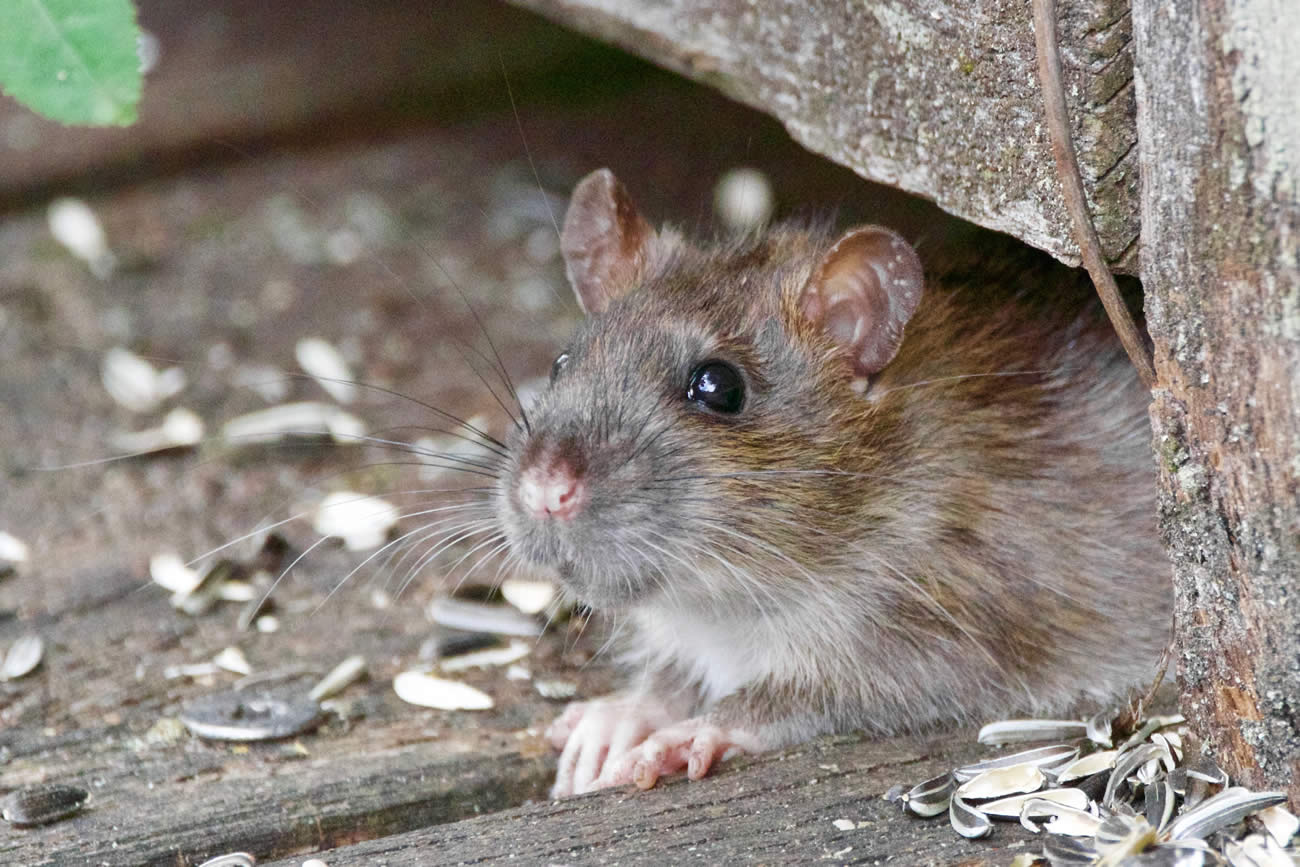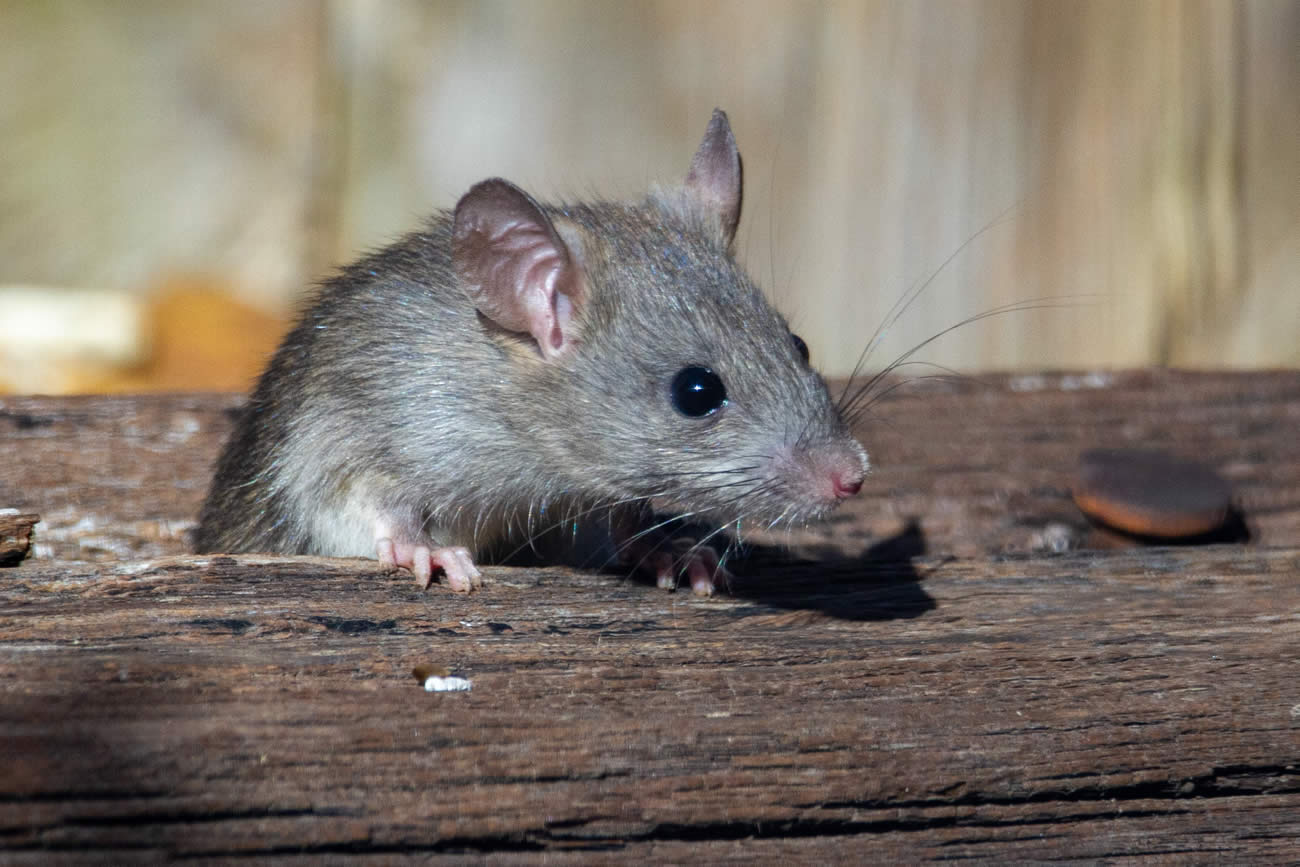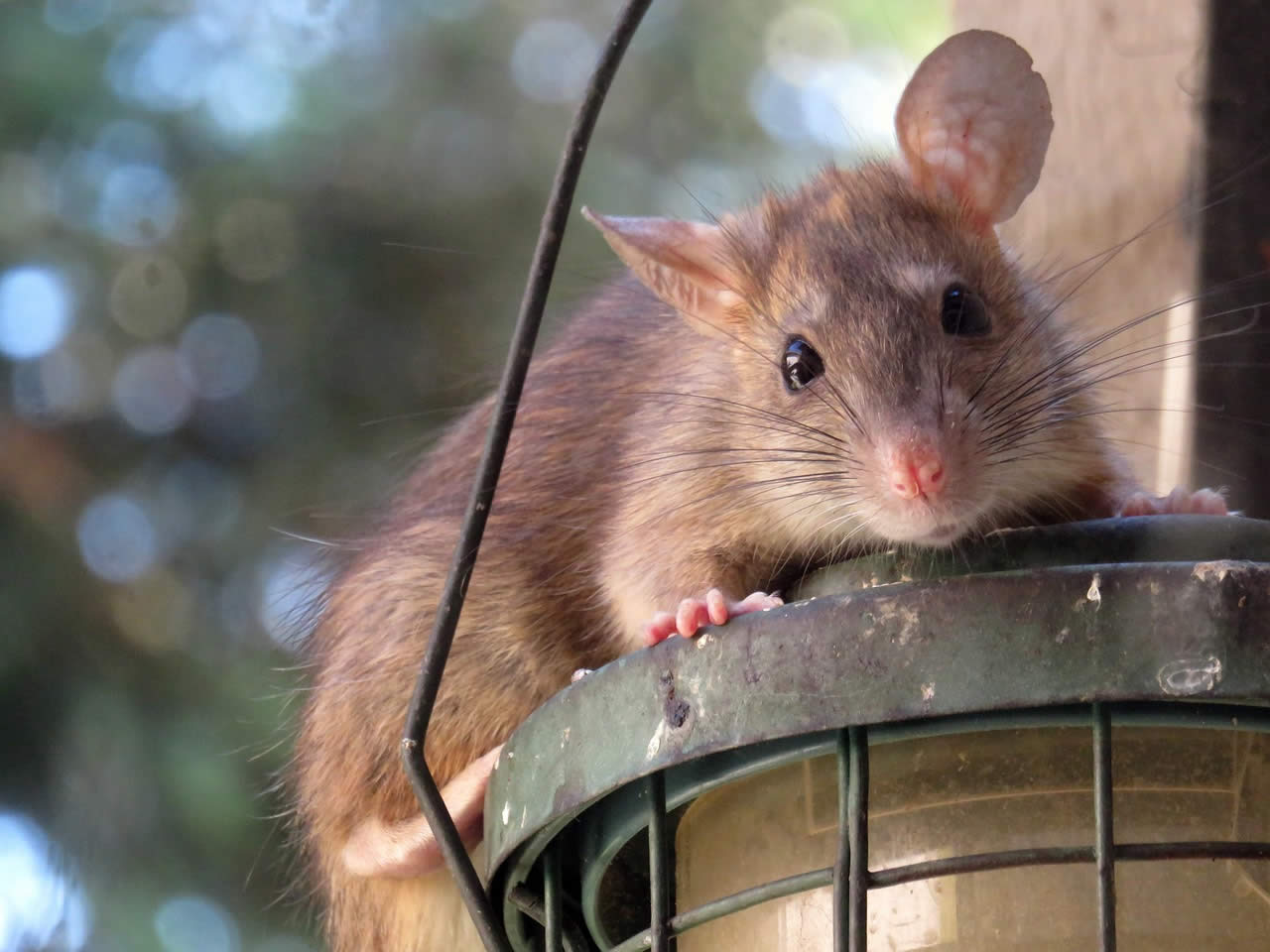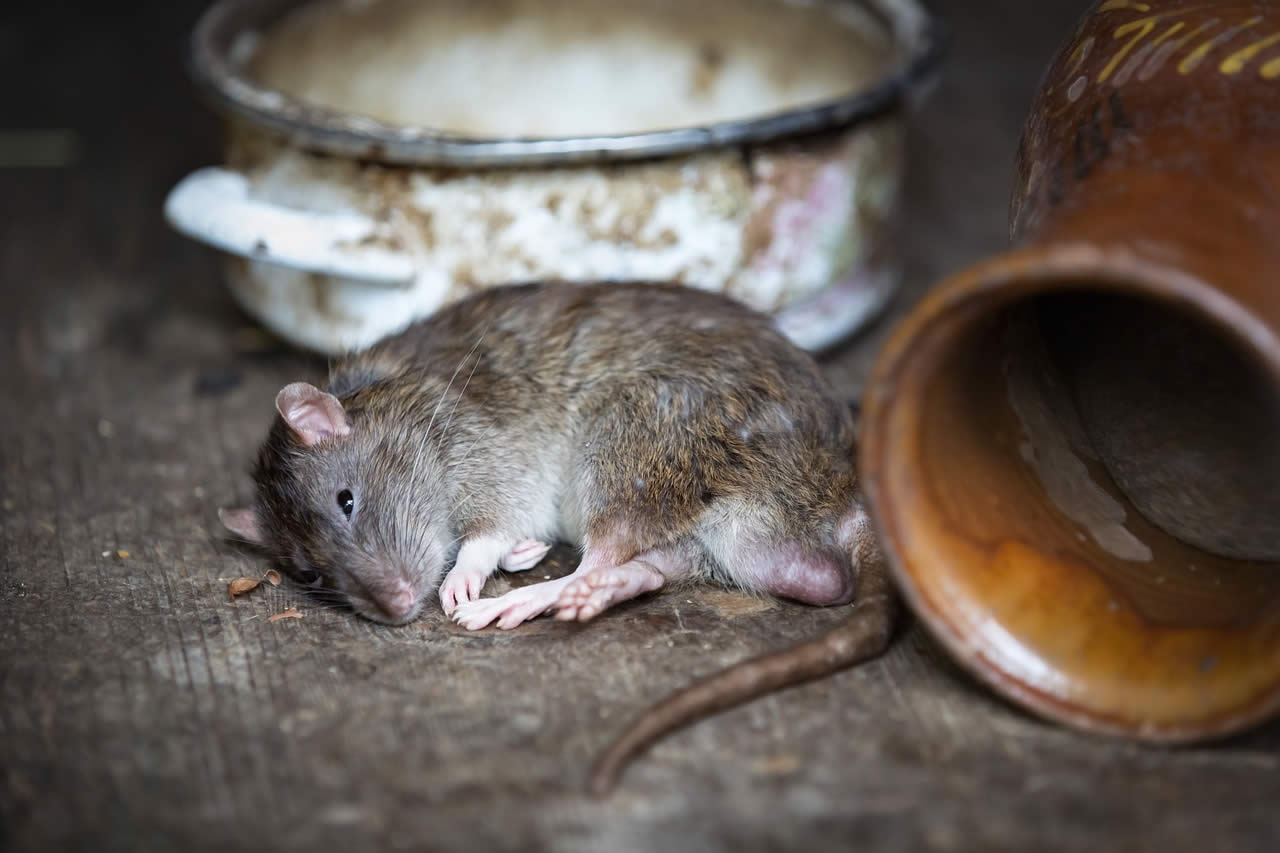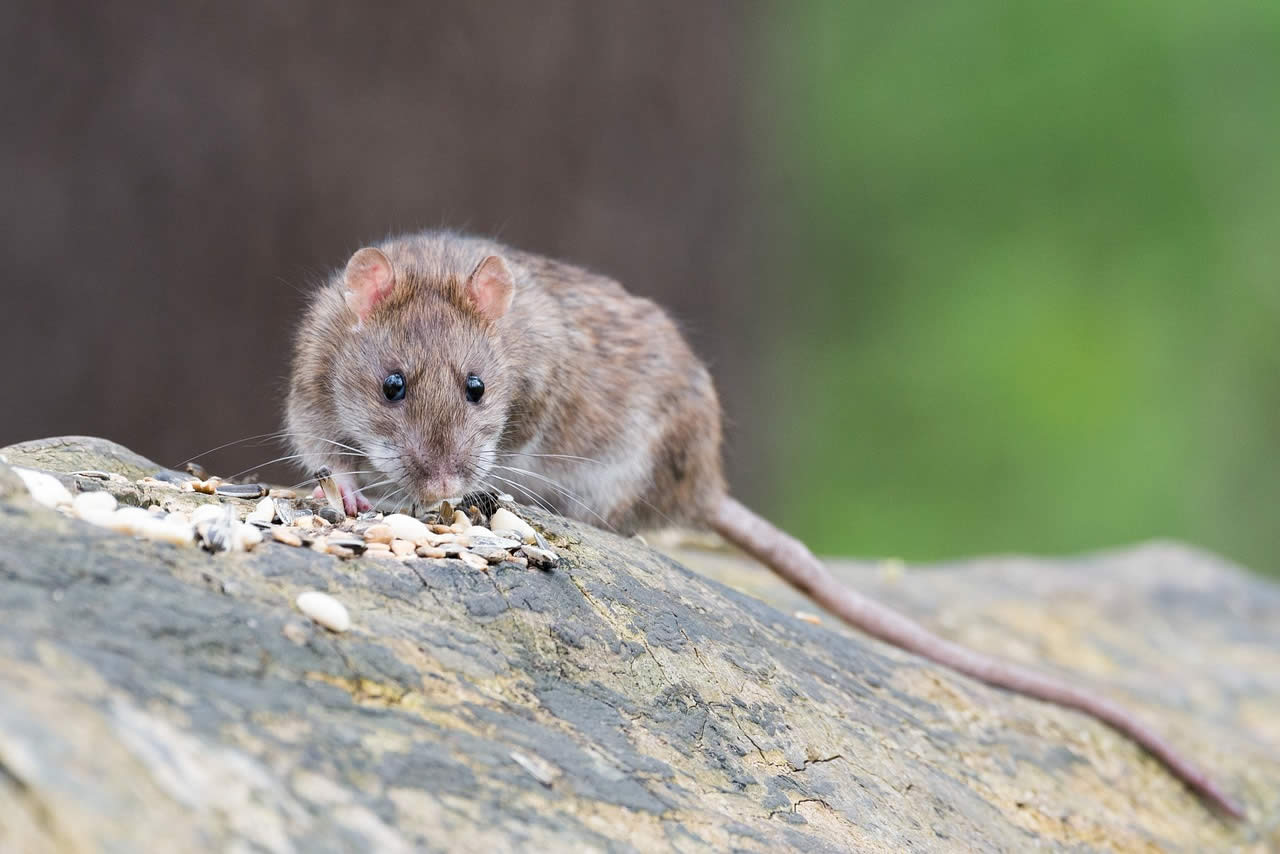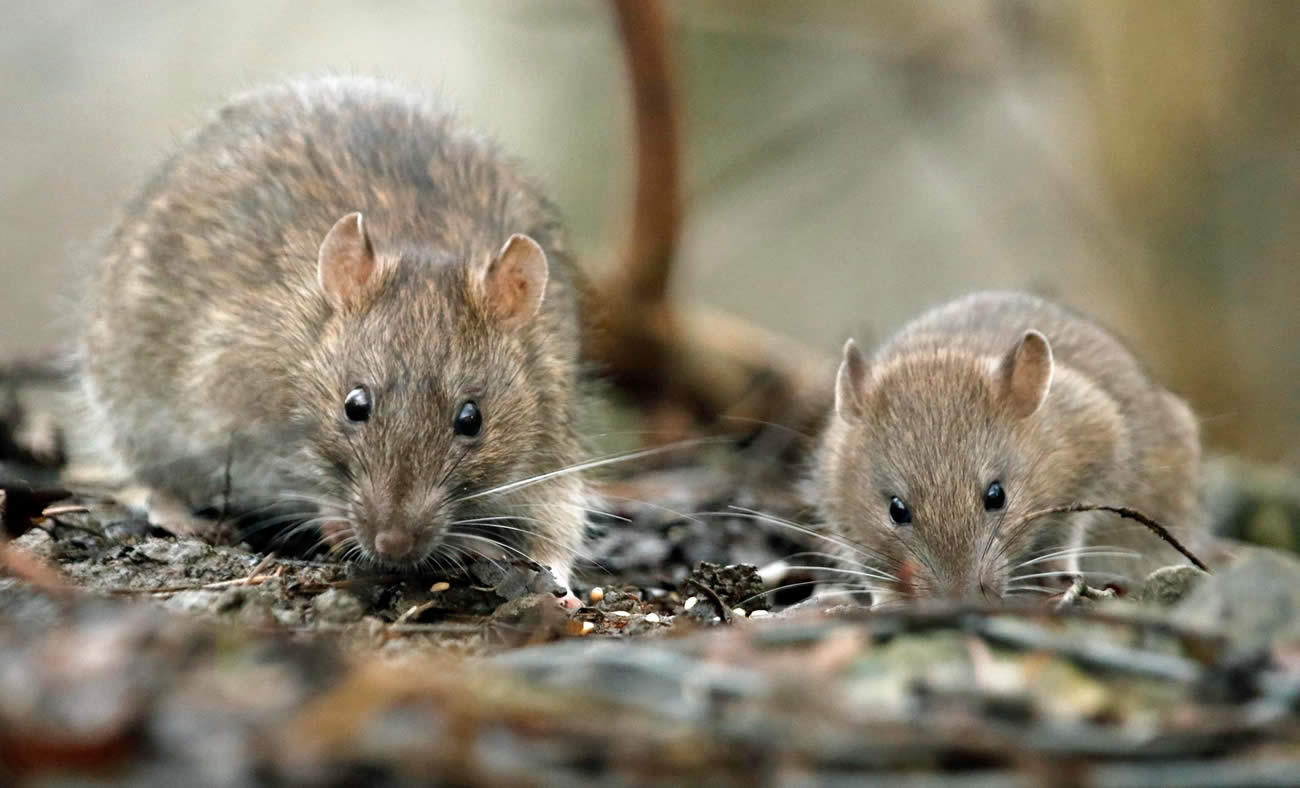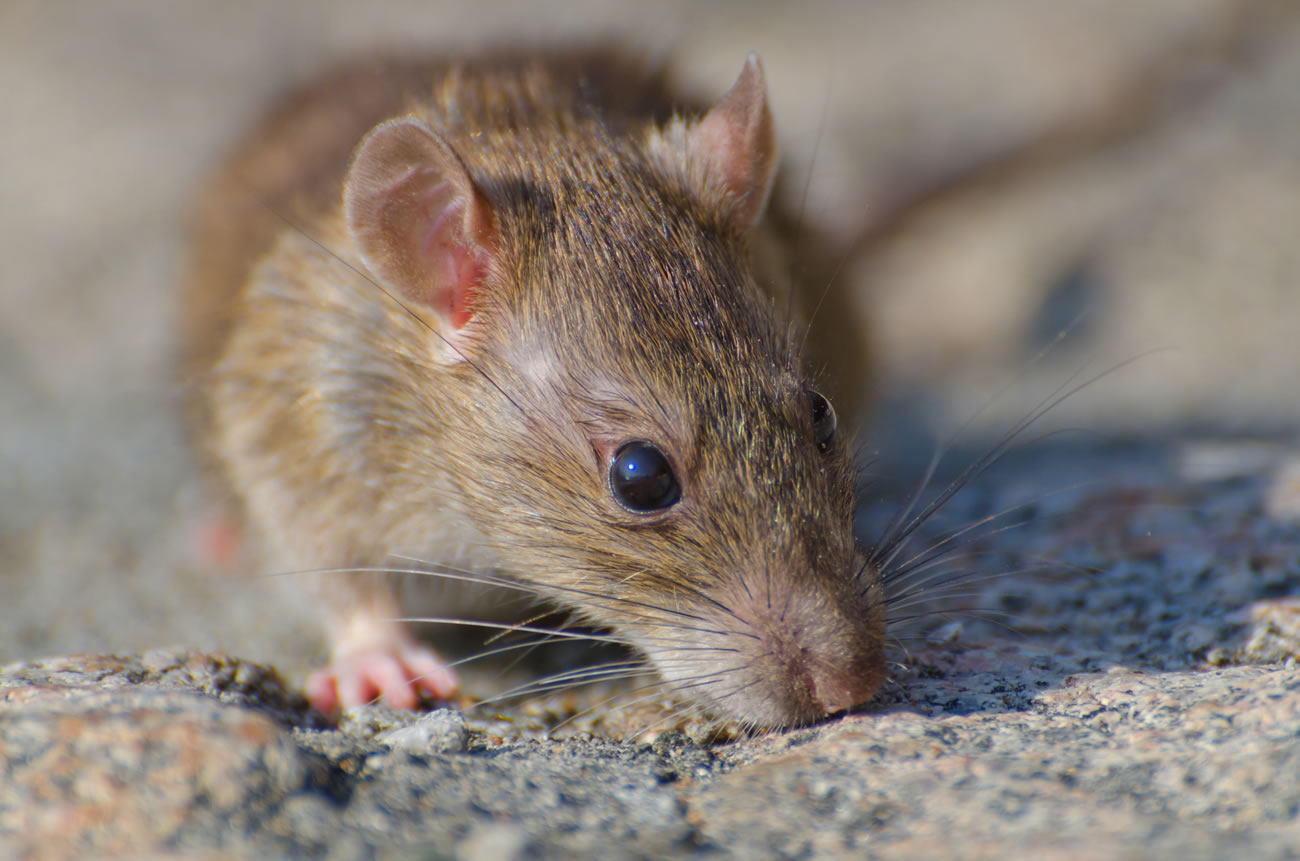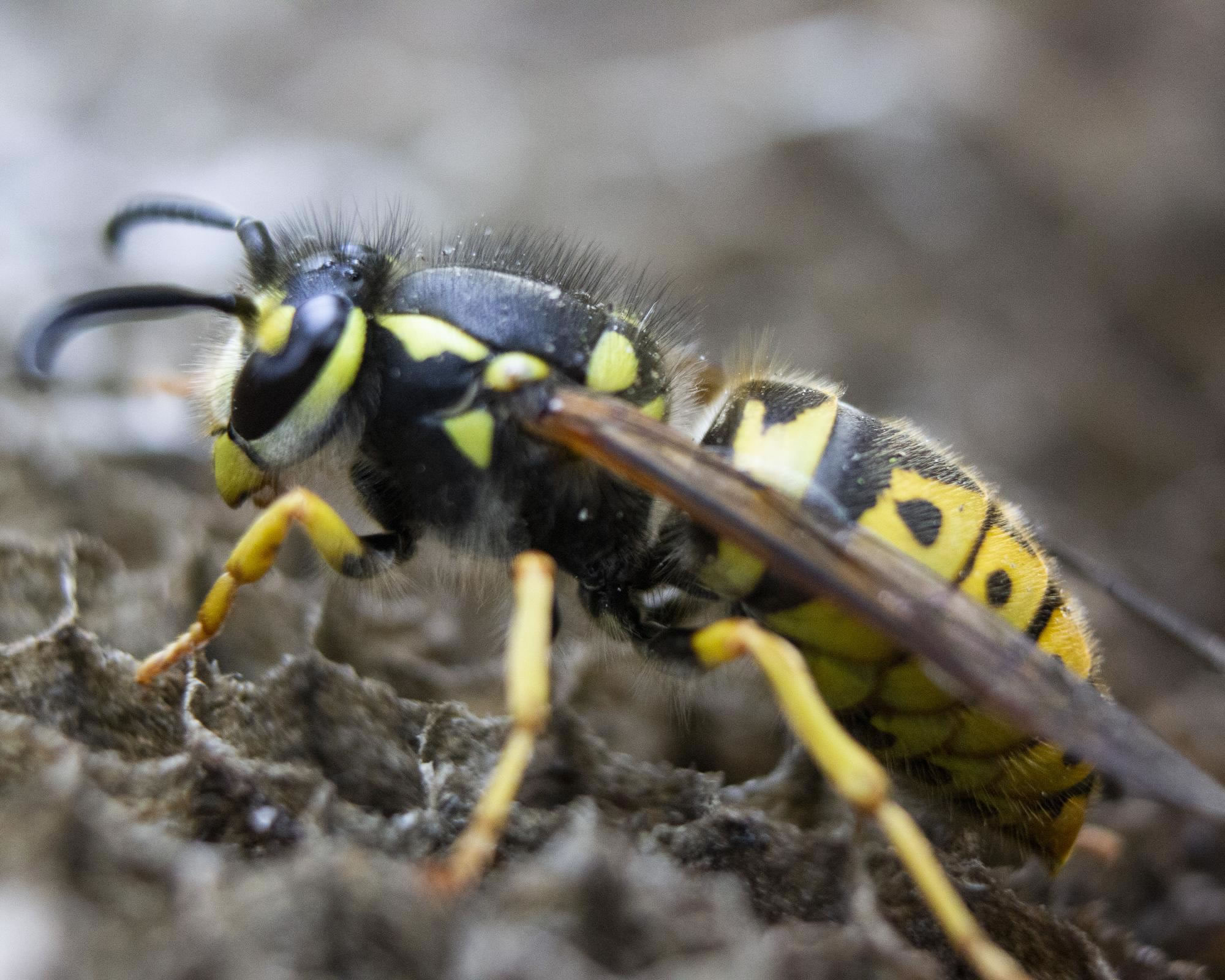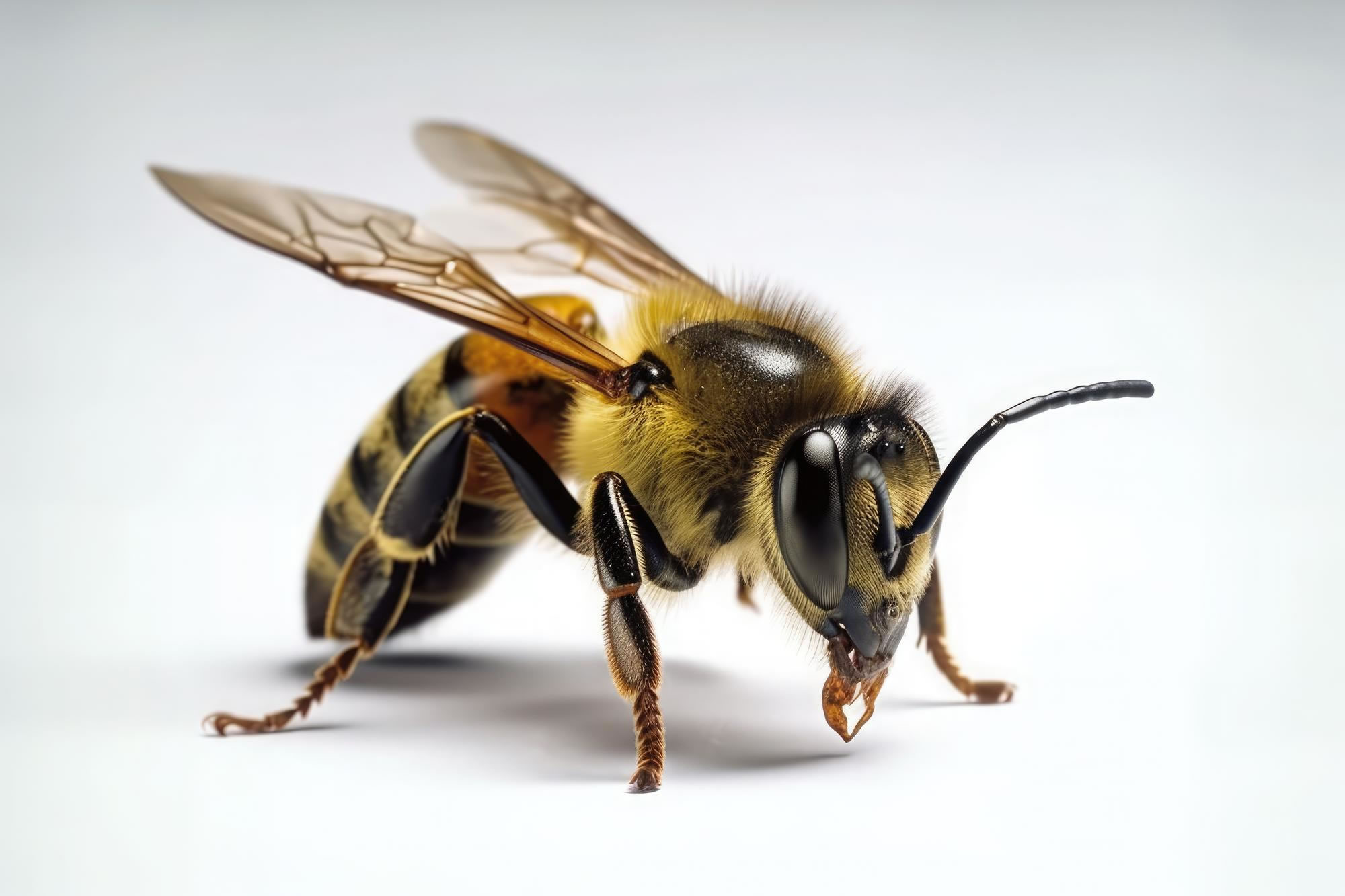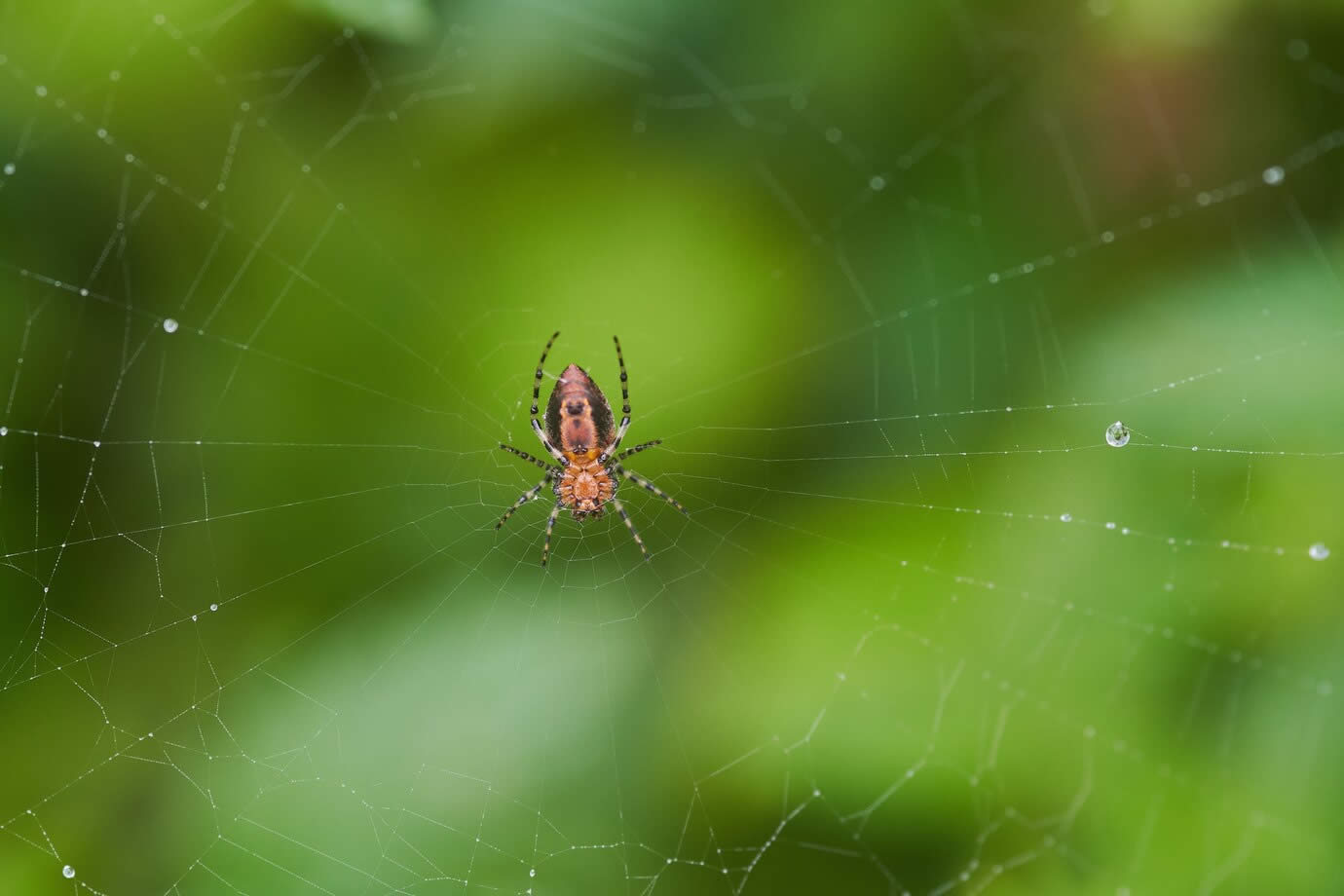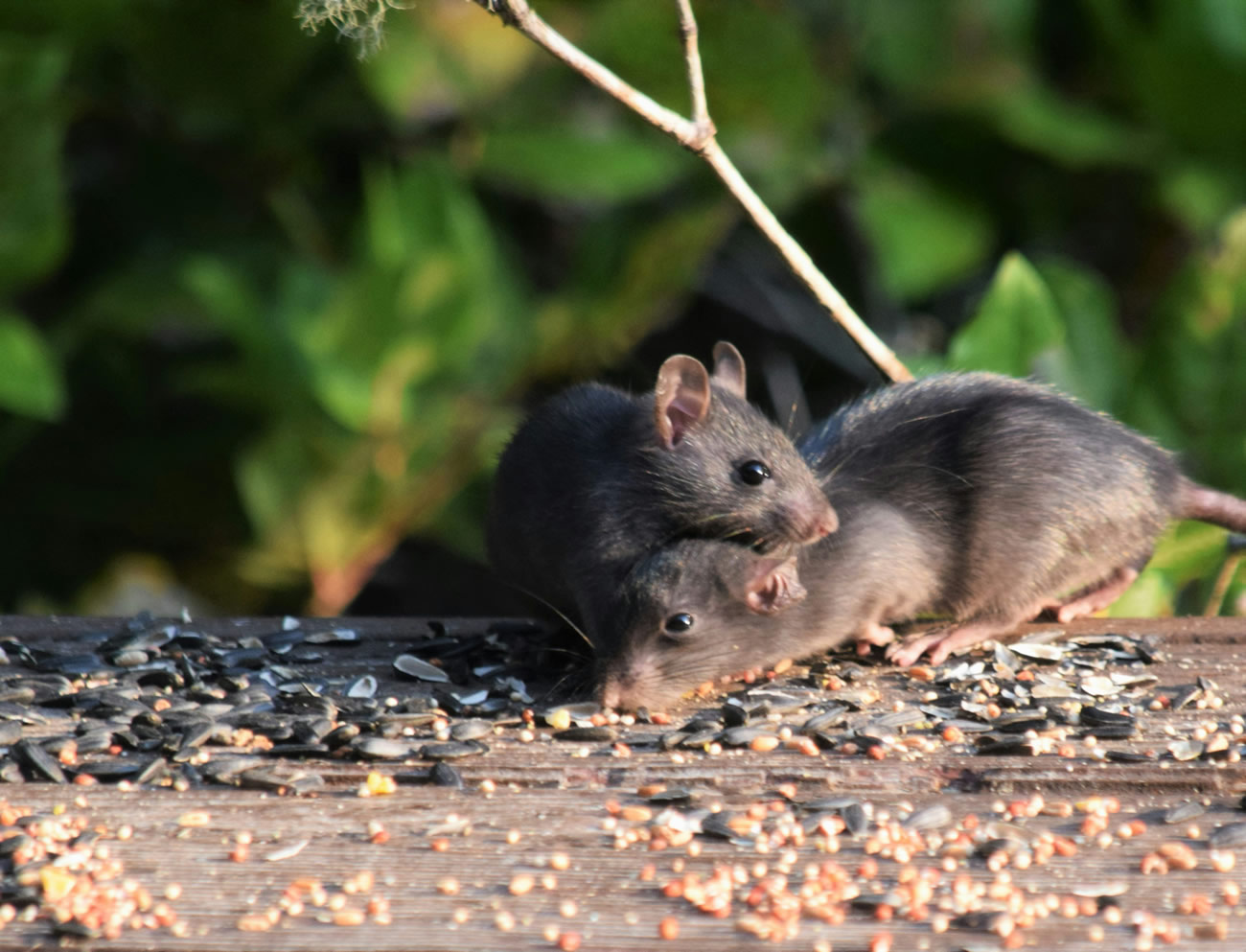How to destroy a rats nest? Dealing with a rat infestation can be a major headache for homeowners. Rats, notorious for their ability to cause damage and leave a mess behind, can quickly become a nuisance in any household. From gnawing through walls to leaving unsightly droppings, these elusive creatures can be a nightmare to deal with. However, the first step in effectively getting rid of rats is by destroying their nests.
Finding and destroying a rat’s nest may seem like a daunting task, but with the right tools and approach, it can be tackled successfully. In this post, we will provide homeowners with some valuable tips and insights on how to effectively locate, dismantle, and eradicate rat nests from their homes.
Table of Contents
ToggleHow To Destroy A Rats Nest?
By understanding the behaviour and habits of rats, we can devise a strategic plan to tackle the problem head-on. From identifying common hiding spots to implementing targeted eradication methods, we will explore every aspect of rat nest destruction. Whether it’s using specialised tools or employing proven techniques, our comprehensive guide will equip you with the knowledge and confidence to take control of the situation.
So, if you’re a homeowner looking to reclaim your space and bid farewell to these pesky intruders, keep reading. Our tips and strategies will empower you to effectively destroy a rat’s nest and restore peace and cleanliness to your home.
Identify the Location of the Nest
Before you begin the task of dismantling a rat’s nest, it’s crucial to have a clear understanding of its specific location. Rat nests can be discovered in a multitude of places, encompassing attics, walls, basements, and crawl spaces within a structure. To successfully pinpoint the exact whereabouts of the nest, be on the lookout for telltale signs such as scattered droppings, distinctive gnaw marks, and noticeable tracks left behind by these elusive creatures.
Employing a reliable flashlight, meticulously scour every nook and cranny, focusing especially on dimly-lit corners and those hard-to-reach spaces that may serve as ideal hiding spots for these rodents.
Seal Off Rat Entry Points
Before you embark on the task of destroying the nest, it is crucial to take proactive measures and effectively seal off any potential entry points that rats may exploit to gain access to your home. Thoroughly inspect the premises and meticulously search for cracks and holes in walls, paying close attention to areas surrounding plumbing pipes as well as doors and windows.
By utilising wire mesh or steel wool to diligently fill in these openings, you can effectively fortify your home, ensuring that rats are unable to infiltrate during and even after the nest destruction process. This meticulous attention to detail will provide you with long-lasting protection and peace of mind.
Use Rat Traps
Traps are not only a humane but also an effective method of catching rats. When it comes to rat control, there are several options available. Live traps provide the opportunity to catch rats safely and release them outside, ensuring their well-being.
On the other hand, snap traps and glue traps offer different approaches. Snap traps swiftly eliminate the rodents, while glue traps provide an adhesive surface to trap them. For optimal results, it is recommended to strategically place the traps near the nest and along rat trails, increasing the chances of successful capture.
Wear Protective Gear Against Rats
When dealing with the task of destroying a rat’s nest, it is crucial to prioritise your safety by wearing appropriate protective gear. This includes wearing sturdy gloves to shield yourself from potential bites and scratches, a mask to protect against inhalation of harmful particles, and goggles to safeguard your eyes from any potential hazards.
By taking these precautionary measures, you not only reduce the risk of physical harm but also minimise the chances of being exposed to infectious diseases that rats may carry. Remember to handle any rat-infested materials with care and diligence.
After completing the task, it is highly recommended to thoroughly wash your hands using soap and water. This simple yet crucial step ensures that any potential contaminants are effectively eliminated, further safeguarding your well-being.
Sanitise the Area Around The Rats Nest
After successfully destroying the nest, it is of utmost importance to meticulously clean and sanitise the affected area. Utilise a high-quality disinfectant spray combined with hot water to thoroughly cleanse all surfaces that may have been contaminated by rat droppings and urine.
Take extra caution when handling any materials that have come into contact with the rats, such as insulation, by securely disposing of them in sealed plastic bags. By taking these comprehensive measures, not only will you significantly reduce the risk of diseases spreading, but you will also effectively prevent any potential re-infestation by these pesky rodents.
Conclusion
Dealing with rats in your home can be a daunting task, but taking the necessary steps to destroy their nest is a crucial first move in the right direction. It is important to always prioritise safety when dealing with these persistent pests. Remember to wear protective gear, such as gloves and a mask, and follow proper sanitation practices to minimise any potential risks.
To effectively eradicate a rat’s nest and prevent future infestations, it is crucial to identify the exact location of the nest. Thoroughly inspect your home, focusing on areas where rats are commonly found, such as attics, basements, and crawl spaces. Once the nest is located, seal off all possible entry points to prevent rats from returning or accessing other parts of your home.
By following these detailed steps, homeowners can effectively destroy a rat’s nest, safeguard their homes, and prevent future infestations. Remember, persistence and consistency are key when dealing with these pests.
Overview, Tips & Tricks
When it comes to dealing with rat nests, it is crucial to properly identify the type of nest before taking any action. There are two main types of rat nests: open nests and closed nests. Open nests are commonly found in attics, crawl spaces, and under porches. These nests consist of a variety of materials including twigs, leaves, and insulation, providing a cosy shelter for the rodents. On the other hand, closed nests are typically concealed within walls, between floors, and even in furniture.
These nests are meticulously crafted using tightly woven materials such as wood shavings, paper, or cloth, ensuring a secure and secluded environment for the rats. By understanding the characteristics of different rat nests, you can better strategise and implement effective measures to address the issue at hand.
Once you have identified the type of rat nest, you can begin to destroy it. Here are some steps on how to destroy an open rat nest:
- Wear protective clothing, such as gloves and a mask, to avoid coming into contact with rat droppings and urine.
- Locate the nest and carefully remove it from the area. If the nest is made from twigs or leaves, you can simply sweep it up. If the nest is made from insulation or other materials, you may need to use a shovel or other tool to remove it.
- Dispose of the nest in a sealed container.
- Clean the area where the nest was located with a disinfectant solution.
Here are some steps on how to destroy a closed rat nest:
- Locate the nest and seal off the entry point. You can do this by using caulk, steel wool, or another type of sealant.
- If possible, wait for the rats to leave the nest before destroying it. You can do this by placing traps or bait in the area.
- Once the rats have left the nest, you can remove it from the area. If the nest is made from wood shavings or paper, you can simply sweep it up. If the nest is made from cloth, you may need to cut it into small pieces before disposing of it.
- Clean the area where the nest was located with a disinfectant solution.
If you are not comfortable tackling the task of destroying a rat nest yourself, there is always the option to hire a professional pest control company to handle it on your behalf. These experienced experts possess the knowledge, tools, and expertise required to effectively and safely eliminate the pesky rat infestation from your premises. By entrusting the job to professionals, you can have peace of mind knowing that the rat nest will be thoroughly eradicated, ensuring a clean and pest-free environment for you and your loved ones.
Here are some additional tips for preventing rat infestations:
- Store food in airtight containers.
- Clean up food spills and crumbs promptly.
- Keep pet food out of reach of rats.
- Seal up any holes or cracks in your home that rats could use to enter.
- Install weather stripping around doors and windows.
- Trim tree branches that overhang your home.
- Have your home inspected by a professional pest control company every year.
FAQs
What are some of the common signs that indicate the presence of a rat’s nest in my home?
Common signs of a rat’s nest include droppings, greasy rub marks along walls, gnaw marks on wood or drywall, odd smells, shredded paper or fabric for nesting material, and sightings of live or dead rats. Listen for scurrying in walls or ceilings.
What safety precautions should I take when trying to locate and destroy a rat’s nest?
Wear gloves, a mask, goggles, and protective clothing when handling rat nests. Rats can carry diseases, so avoid bare skin contact with droppings. Have an exit plan in case rats run out when the nest is disturbed. Work during daylight and with a partner for safety.
How can I determine whether a rat’s nest is an open nest or a closed nest?
Open nests are visible in attics or under porches, using found materials like twigs and leaves. Closed nests are hidden within walls, floors, or furniture, intricately woven from materials like wood, paper, or cloth. Knowing the type helps plan removal.
What are the most effective tools and materials to use when sealing up entry points and holes through which rats can enter my home?
Use copper mesh, concrete, steel wool, caulk, foam sealant, hardware cloth, and metal flashing to seal exterior holes. Traps or bait can be used inside to seal interior entry points once rats are evicted.
What is the best way to set traps and bait them in order to catch rats inhabiting a nest?
Place traps near nests and along runways. Peanut butter, chocolate, bacon, and dried fruit make good bait. Use live traps to humanely catch and release rats. Snap traps or glue boards can also be effective for catching them.
What should I do if I find a rat’s nest in my furniture or inside the walls of my home?
Wear protective gear while cleaning infested furniture or walls. Nesting materials should be removed, double bagged, and discarded. Contact a professional exterminator if nests are inside walls, to ensure complete removal.
How often should I inspect my home for potential rat entry points if I want to prevent future infestations?
Inspect the interior and exterior of your home at least once a season, especially around fall when rats try to move indoors. Look for holes, cracks, and other openings that could allow entry.
What are some signs that a professional pest control company has done a thorough job of destroying a rat’s nest?
All nesting materials and droppings will be removed and disposed of properly. They will seal up entry points and treat surrounding areas with disinfectants and rodenticides as needed. Follow-up inspections will be scheduled.
How can I safely clean and disinfect areas that have been contaminated by a rat’s nest?
Wear protective gear and ventilate the area. Use disinfectants, bleach solutions, or ammonia to sanitise surfaces and kill germs. Avoid stirring up dust from droppings. Double bag and discard all waste.
What steps should I take to make my home less attractive and accessible to rats in the future?
Seal holes and cracks both inside and outside. Keep vegetation trimmed. Store food securely. Remove clutter and hiding spots. Set traps or bait stations around the perimeter. Keep the property clean and don’t leave pet food out.

